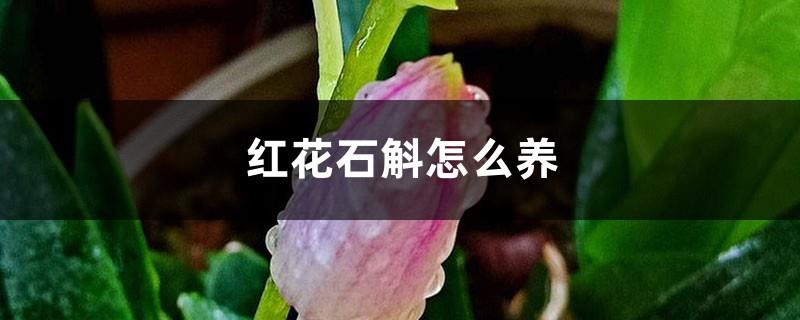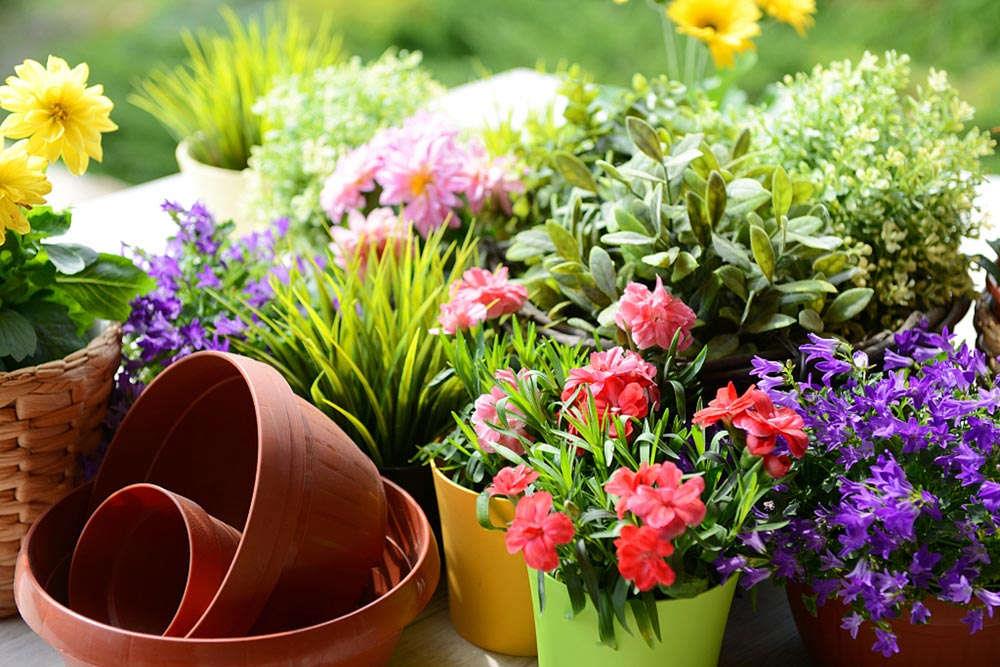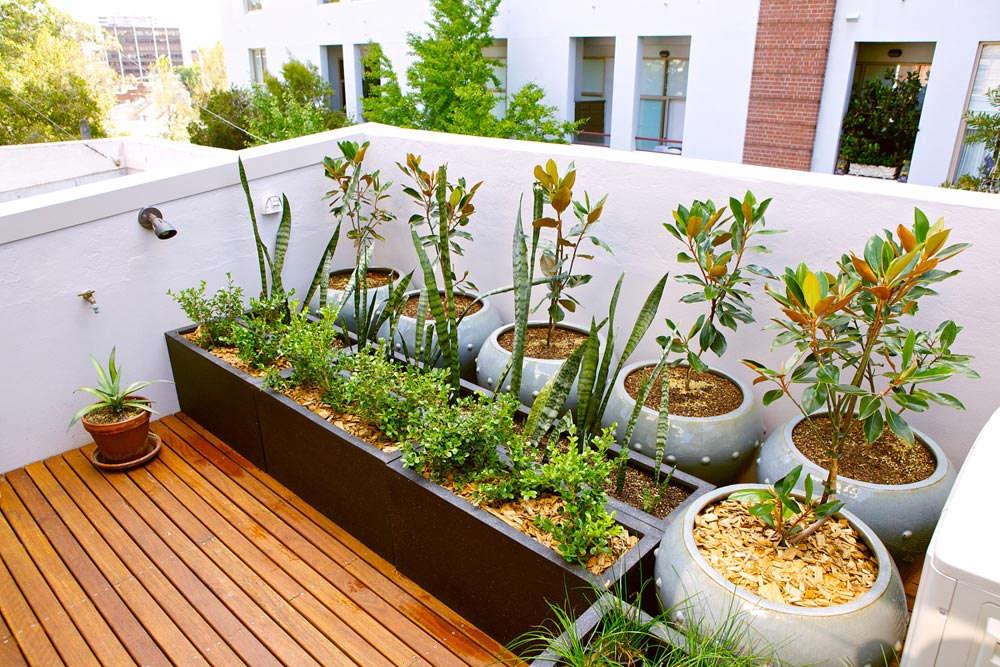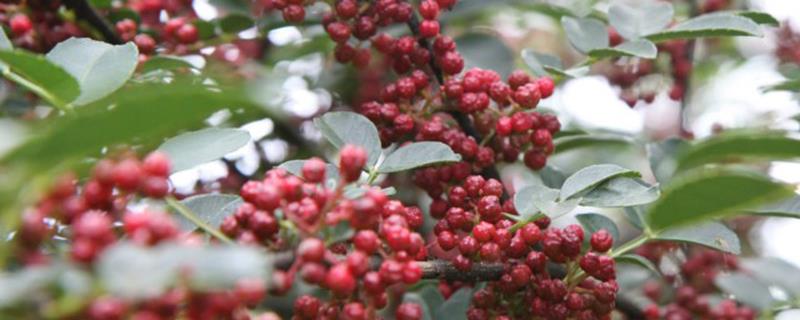How to grow safflower dendrobium
Last Update :2024.11.14
Article Catalog
How to cultivate Dendrobium safflower
Things to note when growing red dendrobium at home
Dendrobium safflower has extremely high ornamental value. It is elegant in appearance, exquisite and lovely, with bright colors and fragrant smell. It is known as one of the "four major ornamental flowers". It can be used as a cut flower or a potted plant to plant at home. There are several pots and it is very lively. So how to grow safflower dendrobium?

How to cultivate Dendrobium safflower
Cultivation methods of Dendrobium safflower
Pot soil selection
Choose according to the size of Dendrobium safflower seedlings Flower pots of different specifications, but it is not suitable to use large pots to plant seedlings. The relevant planting materials must be soaked in clean water for more than 1 day before use.
The bottom of the pot should be padded with large tiles or broken bricks to a depth of about 1/3 of the bottom of the pot. Then place the orchid seedlings in the center of the pot and insert a thin bamboo pole on the side to secure the orchid seedlings. , and then fill in other planting materials, paying attention to separating the roots with materials.
Humidity and temperature
Within one week after transplanting (the seedlings have not yet sent new roots), the air humidity should be maintained at about 90%. After a week, the plants will begin to To develop new roots, the air humidity can be maintained at 70%-80%. The alternation of dry and wet conditions in the planting border is conducive to the development of roots and buds.
Avoid direct sunlight. In spring and autumn, sunlight can be seen in the morning. In winter, it can be placed in a place with sufficient sunlight. At other times, it can be placed in a ventilated place with bright scattered light. The overwintering temperature can be maintained at 8-10℃.
Water and fertilizer management
In the early stage of planting, place it in a cool place with scattered light. Only spray some water on the leaf surface, do not water into the pot. water. After about 10-15 days, when new roots sprout, move them to the shade for maintenance. Water once a day during the vigorous growth period. In dry seasons and hot summers, spray water on the ground around the flower pot frequently to maintain high air humidity and ensure good ventilation. Water less during the dormant period in winter, and water frequently to moisturize if the air humidity is too low in the later period.
Since dendrobium has aerial roots, appropriate foliar fertilizer should be sprayed as a nutrient solution. For foliar fertilizers, you can choose potassium nitrate, potassium dihydrogen phosphate, etc., as well as imported ternary compound fertilizers and diluted MS culture media. Generally, one week after transplanting, after the new roots of the plant appear, spray one thousandth of potassium nitrate or potassium dihydrogen phosphate, once every 7-10 days, and spray three times in a row. After new shoots grow, spray 3‰ of ternary compound fertilizer every 10-15 days.

Precautions for raising Dendrobium safflower
Pruning
The closing degree of dendrobium growing areas is about 60%, so epiphytic trees need to be pruned regularly to avoid being too shaded or Not enough closure. Every year before new growth occurs in spring, the old stems are harvested and the dead stems in the clump are cut off, and diseased stems, weak stems and diseased roots are removed. After 6-8 years of planting, the clumps are pruned and re-branched depending on their growth. .
Pests and diseases
Common diseases of dendrobium: black spot, anthracnose, sooty disease
Common pests of dendrobium : Philippine shield scale, snail

Things to note when growing red dendrobium at home
- END -
The difference between bamboo leaf pepper and Zanthoxylum bungeanum

Leaf differences: Zanthoxylum bungeanum leaves have 3 to 9 leaflets, usually lance...
How long does it take for succulent leaves to be exposed to the sun?

Don’t rush to bask in the sun after inserting the succulent leaves, because the r...